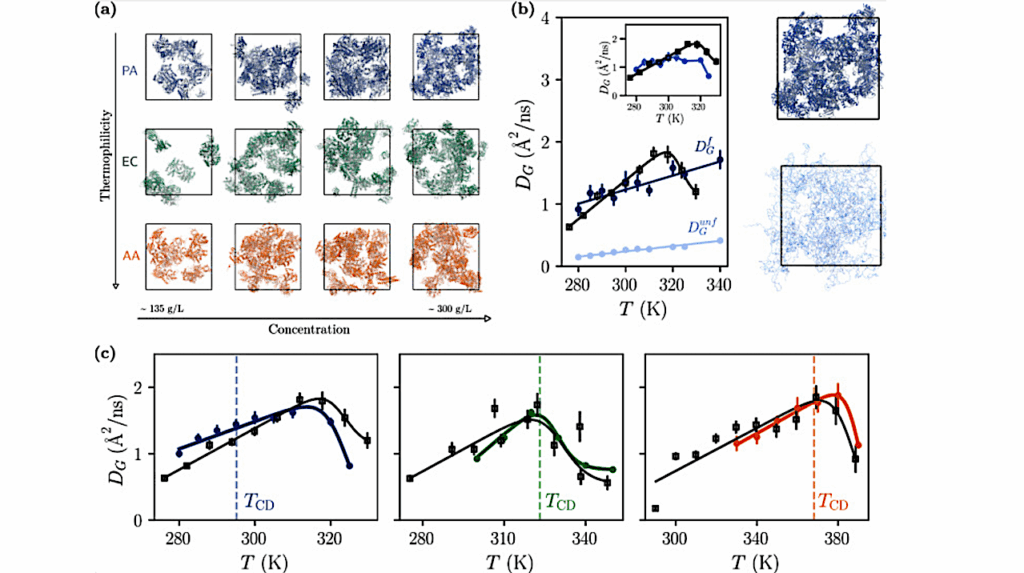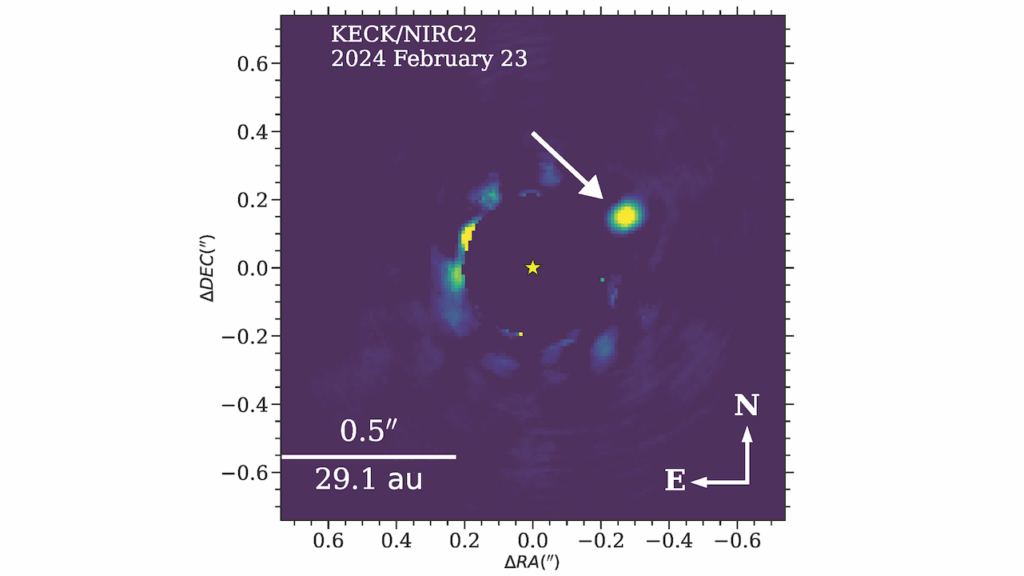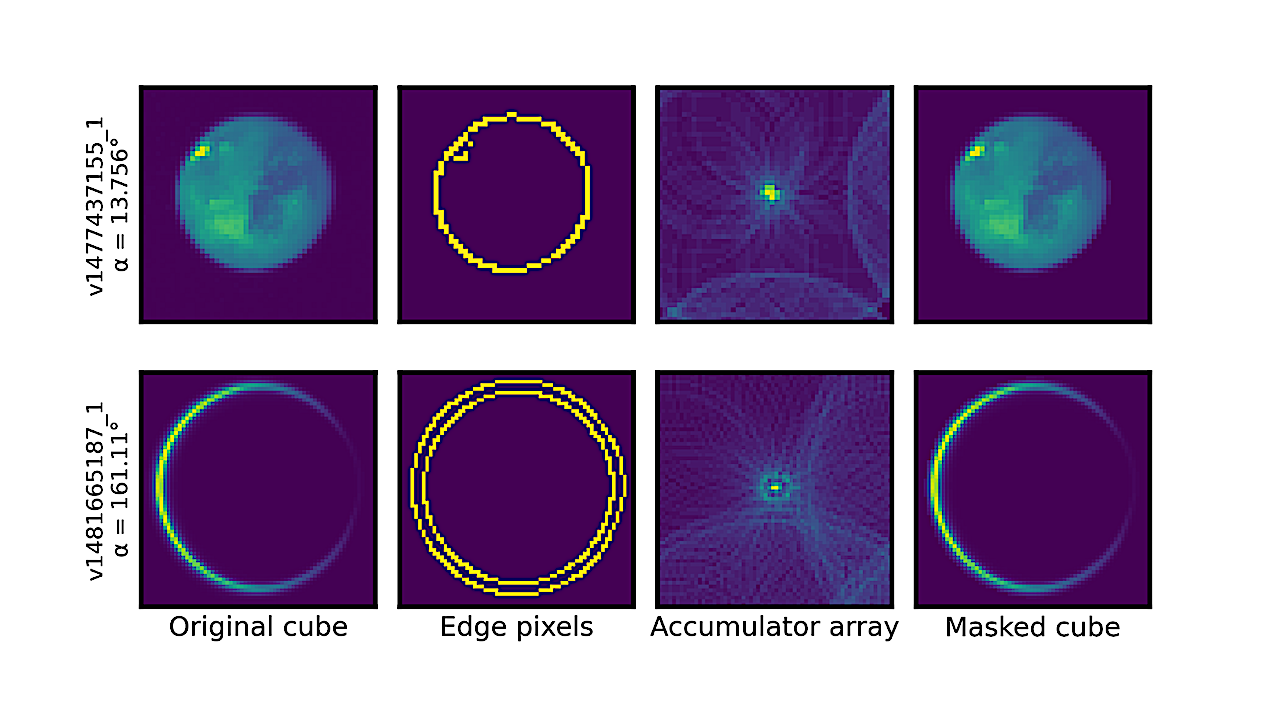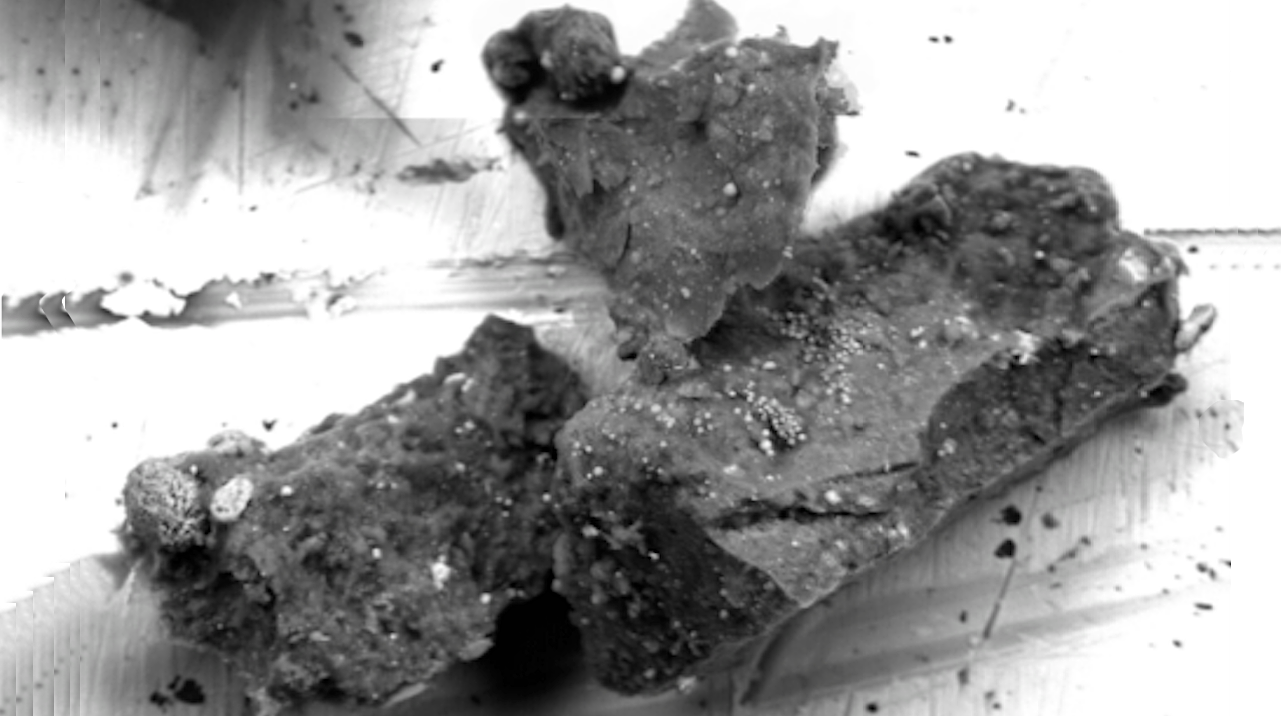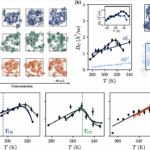Now Reading: A First Look At Rocky Exoplanets With JWST
-
01
A First Look At Rocky Exoplanets With JWST
A First Look At Rocky Exoplanets With JWST
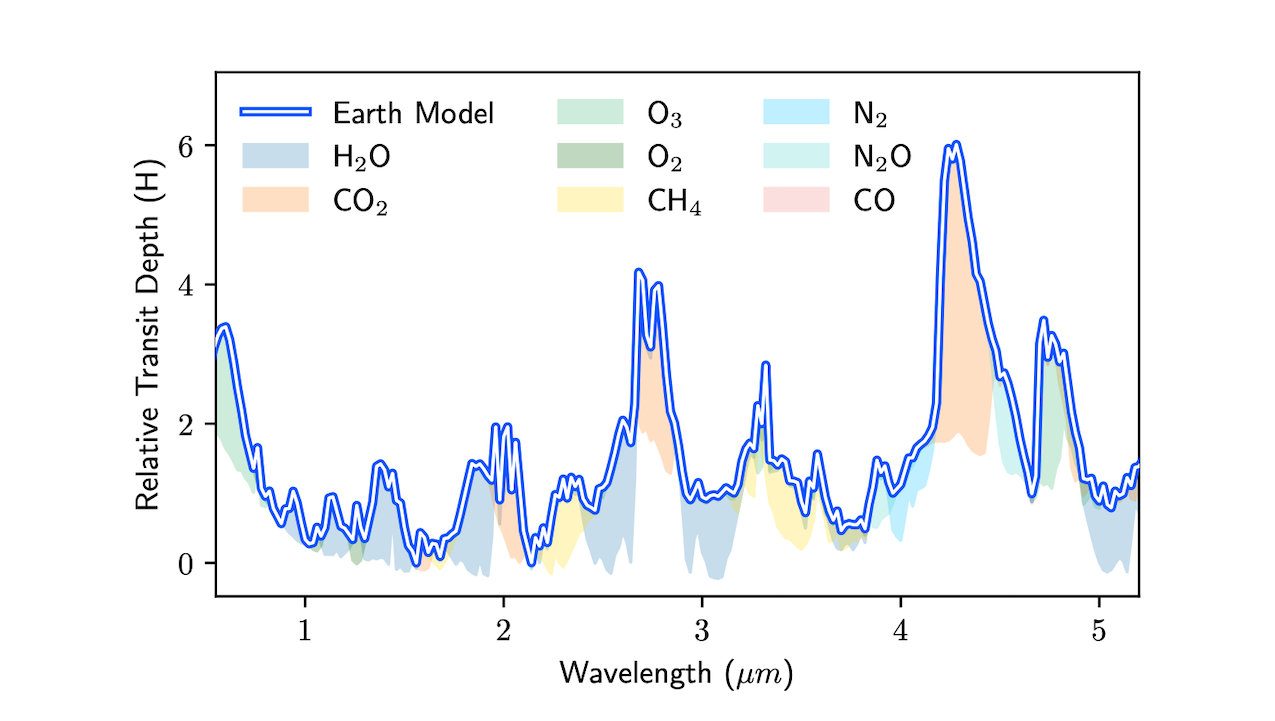

Best-fit model to an empirical transmission spectrum of the cloudless Earth in units of scale height, H (adapted from (40)). Different colors indicate the contributions from various molecules. Despite its relatively low abundance, CO2 has the most prominent spectral features (at 2.7 and 4.3 µm), making it an ideal molecule to search for in exoplanet atmospheres. The strength of different absorption peaks is sensitive to the underlying atmospheric composition and detailed atmospheric modeling can constrain the abundances of individual absorbing species (which may differ from those of the Earth). This figure neglects the effects of refraction, which effectively blocks transmission below roughly 1.5 scale heights for Earth-Sun analog systems (planets orbiting M-dwarfs are less strongly affected) (41). — astro-ph.EP
Rocky exoplanet characterization has been a top priority for early James Webb Space Telescope (JWST) science operations. Several milestones have been achieved, including the most precise rocky planet transmission spectra measured to date, and the first detection of thermal emission for rocky worlds below 800 Kelvin.
Despite these advances, no atmospheres have been definitively detected. Several transmission spectra show tentative evidence for molecular absorption features, but these hints are marginally significant and the spectra may be affected by stellar contamination. Features from many plausible atmospheres, including those dominated by oxygen, nitrogen, and carbon dioxide, are below the current noise level.
Meanwhile, the emerging picture from thermal emission spectra is that the planets have hot daysides, consistent with either a bare rock composition or low surface pressure atmospheres (< 10 bar). Higher surface pressures and high carbon dioxide abundances are generally ruled out, assuming cloud-free atmosphere models.
The absence of strong CO2 features hints at a limited initial volatile inventory or rapid atmospheric escape during the planets’ early lifetimes. Taken together, these results motivate a push towards higher precision data, as well as observations of cooler planets that may be more likely to retain atmospheres.
As a goal for future transmission spectroscopy, we suggest a “five scale height challenge,” to achieve the precision necessary to detect CO2 features in nitrogen-rich atmospheres. Detecting rocky planet atmospheres remains challenging, but with JWST’s excellent performance and a continuing investment of telescope time, we are optimistic these uncharted atmospheres will be detected in coming years.
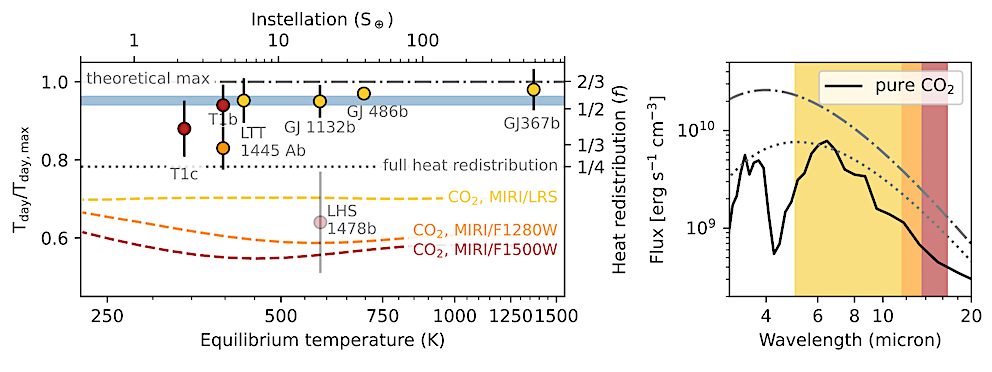
JWST measurements of dayside brightness temperature for rocky planets, compared to predictions from theoretical models. The values are normalized relative to the theoretical maximum dayside temperature for a bare rock at each equilibrium temperature, and the twin y axis shows the heat redistribution efficiency, f. The theoretical maximum corresponds to a completely absorptive black rock (zero albedo); in reality, the lowest known albedos in the Solar System are around 0.05, for space-weathered asteroids (e.g. 65). The limiting cases for zero and full heat redistribution in a gray, zero-albedo atmosphere are marked with the dash-dot and dotted gray lines, respectively. The colored lines indicate model predictions for a 10-bar, carbon dioxide atmosphere with full heat redistribution (66). We show three different bandpasses, roughly 5 – 12 µm (MIRI/LRS; yellow), 11.5 – 13.5 µm (MIRI/F1280W; orange), and 13.5 – 16.6 µm (MIRI/F1500W; red). The model is coolest in the reddest filter due to the strong CO2 absorption feature centered near 15 µm. The color of the points corresponds to the bandpass used for the measurements (note that TRAPPIST-1b has a measured brightness in two different bandpasses). The blue bar indicates the ±1σ interval for the weighted average brightness temperature of all planets. While there is some scatter, the planets are all consistent (within 1.8σ) with a single brightness temperature equal to 0.95 ± 0.01 times the zero-albedo bare rock prediction. The data point for LHS 1478b is shown with increased transparency due to the instrument systematics that affected the data quality. Right: Emitted flux versus wavelength for the three different atmosphere models, assuming a GJ-1132b-like planet (Teq = 580 K). The colored shading corresponds to the approximate wavelength range of the three MIRI instrument modes used for the observations (described above). — astro-ph.EP
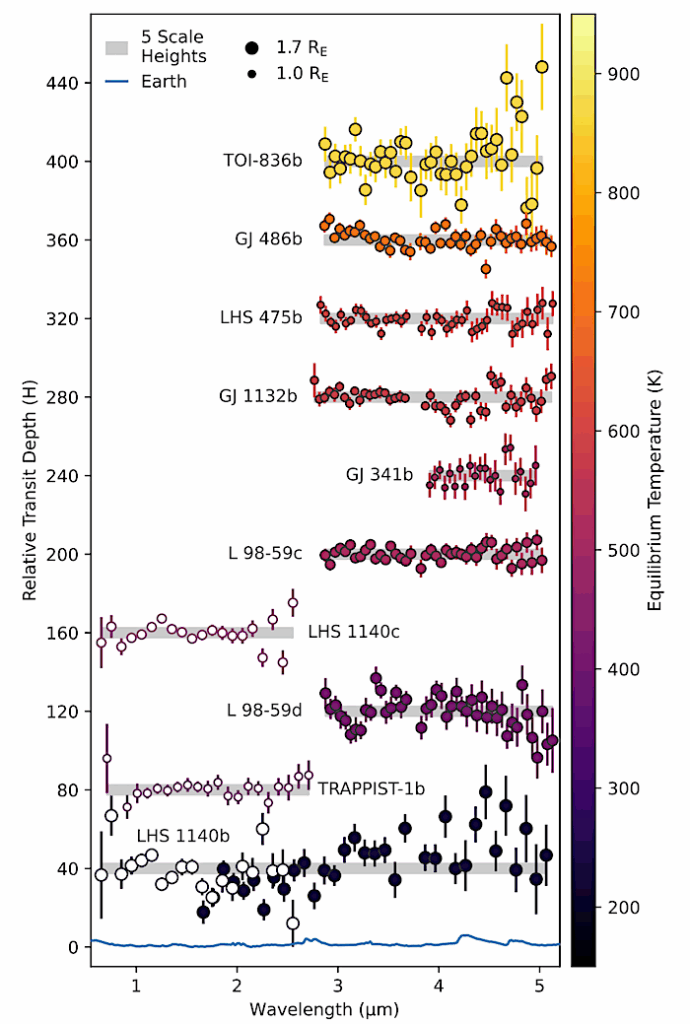
Published transmission spectra of rocky exoplanets. The data have been binned to a uniform resolution and converted to scale heights, H, assuming a pure nitrogen atmosphere (µ = 28). For clarity, we apply a 40H vertical offset between adjacent planets. The spectra for TRAPPIST-1b and LHS 1140b have been corrected for stellar contamination. The symbol size indicates planet radius and the color indicates planet equilibrium temperature. Open symbols depict NIRISS data and closed symbols depict NIRSpec or NIRCam data. The gray regions, which are 5H in height, roughly indicate the maximum size of molecular absorption features for a nitrogen-rich atmosphere. At the current level of precision, none of the spectra are sensitive to features in nitrogen-rich, let alone carbon-dioxide-rich, atmospheres. The blue Earth model is the same as that shown in Figure 2. — astro-ph.EP
Laura Kreidberg, Kevin B. Stevenson
Comments: Accepted review for PNAS Special Feature “Exoplanets in the JWST era”
Subjects: Earth and Planetary Astrophysics (astro-ph.EP)
Cite as: arXiv:2507.00933 [astro-ph.EP] (or arXiv:2507.00933v1 [astro-ph.EP] for this version)
https://doi.org/10.48550/arXiv.2507.00933
Focus to learn more
Submission history
From: Laura Kreidberg
[v1] Tue, 1 Jul 2025 16:37:32 UTC (430 KB)
https://arxiv.org/abs/2507.00933
Astrobiology,
Stay Informed With the Latest & Most Important News
Previous Post
Next Post
-
 012024 in Review: Highlights from NASA in Silicon Valley
012024 in Review: Highlights from NASA in Silicon Valley -
 02Panasonic Leica Summilux DG 15mm f/1.7 ASPH review
02Panasonic Leica Summilux DG 15mm f/1.7 ASPH review -
 03From Polymerization-Enabled Folding and Assembly to Chemical Evolution: Key Processes for Emergence of Functional Polymers in the Origin of Life
03From Polymerization-Enabled Folding and Assembly to Chemical Evolution: Key Processes for Emergence of Functional Polymers in the Origin of Life -
 04How New NASA, India Earth Satellite NISAR Will See Earth
04How New NASA, India Earth Satellite NISAR Will See Earth -
 05And Thus Begins A New Year For Life On Earth
05And Thus Begins A New Year For Life On Earth -
 06Astronomy Activation Ambassadors: A New Era
06Astronomy Activation Ambassadors: A New Era -
07SpaceX launch surge helps set new global launch record in 2024












